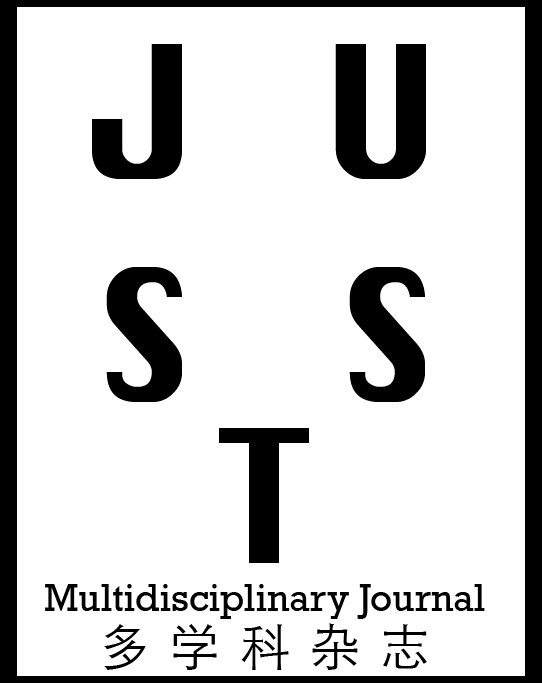Parth Panchal, Janak Thakkar, Veerapathiramoorthy Pillai, Prof. Shweta Patil
Computer Engineering Department, Shah and Anchor Kutchhi Engineering College, Mumbai, India.
Automatic Question Generation and Evaluation
Authors
Abstract
Generation of questions from an extract is a very tedious task for humans and an even tougher one for machines. In Automatic Question Generation (AQG), it is extremely important to examine the ways in which this can be achieved with sufficient levels of accuracy and efficiency. The way in which this can be taken ahead is by using Natural Language Processing (NLP) to process the input and to work with it for AQG. Using NLP with question generation algorithms the system can generate the questions for a better understanding of the text document. The input is pre-processed before actually moving in for the question generation process. The questions formed are first checked for proper context satisfaction with the context of the input to avoid invalid or unanswerable question generation. It is then preprocessed using various NLP-based mechanisms like tokenization, named entity recognition(NER) tagging, parts of speech(POS) tagging, etc. The question generation system consists of a machine learning classification-based Fill in the blank(FIB) generator that also generates multiple choices and a rule-based approach to generate Wh-type questions. It also consists of a question evaluator where the user can evaluate the generated question. The results of these evaluations can help in improving our system further. Also, evaluation of Wh questions has been done using the BLEU score to determine whether the automatically generated questions resemble closely the human-generated ones. This system can be used in various places to help ease the question generation and also at self-evaluator systems where the students can assess themselves so as to determine their conceptual understanding. Apart from educational use, it would also be helpful in building chatbot-based applications. This work can help improve the overall understanding of the level to which the concept given is understood by the candidate and the ways in which it can be understood more properly. We have taken a simple yet effective approach to generate the questions. Our evaluation results show that our model works well on simpler sentences.
